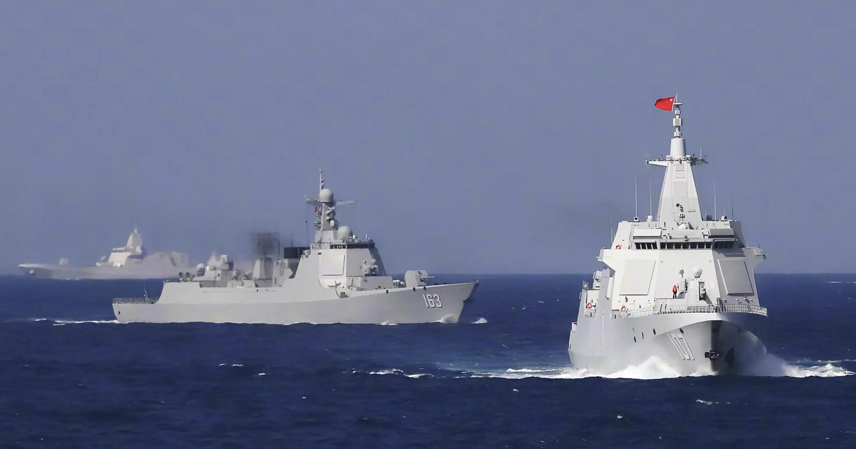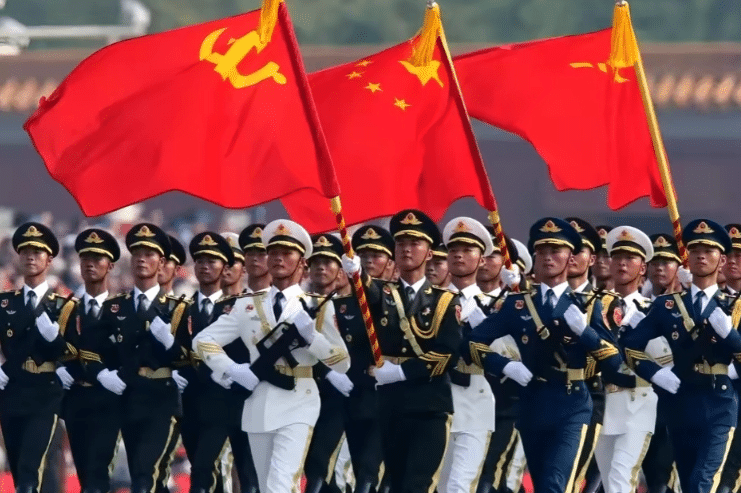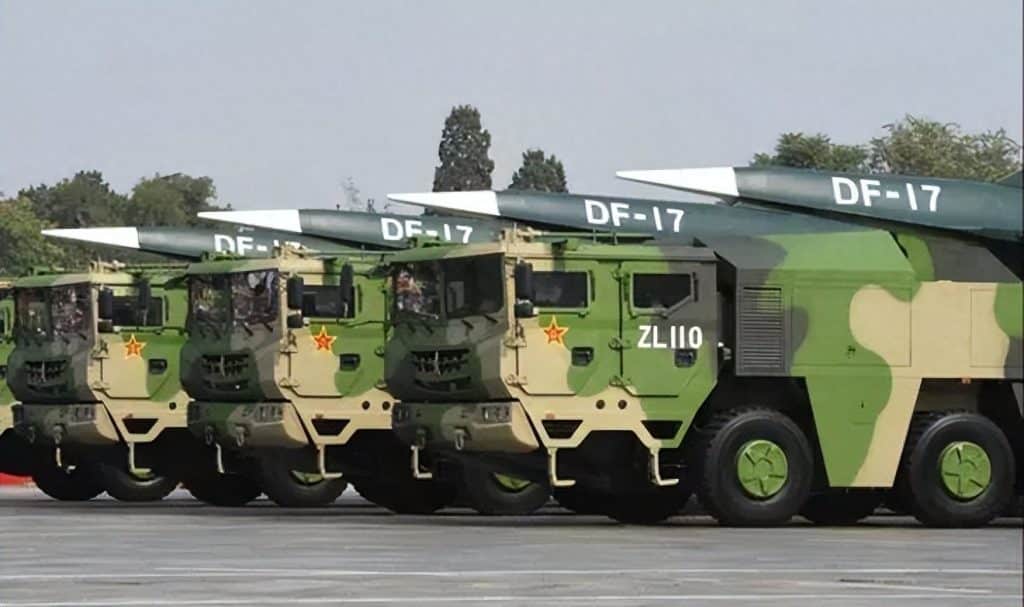Recent analyses in American media have raised alarming scenarios: if a conflict between China and the United States escalates, it could potentially trigger a global war, and U.S. dominance might be challenged. But how realistic are these predictions, and what factors determine whether such a conflict could truly reshape the global order?
Strategic Importance of the Western Pacific
At the heart of these concerns lies the Western Pacific, a region that is not only strategically located but also crucial to global supply chains. It accounts for over half of the world’s semiconductor production, making it a focal point of economic and military competition.
The United States views the region as a forward line to contain potential rivals, while China regards it as a core part of its sovereign territory. This overlap of interests has led to an intensification of military activities on both sides.
On one side, China conducts frequent joint naval and air exercises, showcasing its growing operational capacity. On the other, the United States continues carrier strike group deployments, transits of strategic waterways, and arms sales to regional allies. The balance of power is shifting subtly but perceptibly.
Military Capabilities and Modernization
The U.S. maintains eleven nuclear-powered aircraft carriers, giving it unmatched global reach. However, in the Western Pacific, geographic proximity favors China. The Dongfeng missile series, with ranges of 1,500 to 4,000 kilometers, forms a formidable “kill chain” capable of targeting key maritime zones and even U.S. bases along the second island chain. These missiles, often referred to as “carrier killers,” have demonstrated high precision in South China Sea exercises.
China’s naval expansion is notable: its fleet now exceeds 370 ships, with dual aircraft carrier operations beginning to appear in regional drills. Advanced destroyers like the Type 055 and nuclear submarines enhance China’s blue-water capabilities.
Meanwhile, the U.S. faces constraints. Despite a near $900 billion defense budget, maintaining a global network of bases dilutes the forces stationed in the Asia-Pacific. Emerging technologies, such as hypersonic missiles, have created defensive gaps that remain challenging to address fully.
Potential Conflict Scenarios
U.S. media have projected extreme scenarios to illustrate risk. In one hypothetical case, the loss of a single American aircraft carrier could result in thousands of casualties, immediately transmitting domestic political and societal shocks. Subsequent retaliatory strikes could reach coastal targets, while adversary ballistic missiles could threaten the U.S. West Coast. Such dynamics underscore the potential for escalation to spiral out of control.
The implications extend beyond the two nations. Regional allies such as Japan and Australia could be drawn into conflict, while Russia might engage European theaters, effectively connecting Asia-Pacific and European fronts. In such a situation, the global supply chain would collapse, technology sectors reliant on semiconductors could halt, and energy prices would spike. No country would remain unaffected.
Implications for U.S. Global Position
If the U.S. were to face setbacks in the Western Pacific, its core mechanism for projecting power—aircraft carriers—could be compromised. Allied confidence might waver, prompting countries like Japan and South Korea to reconsider defense postures. Economically, the strain of military engagement would exacerbate an already heavy $35 trillion national debt, potentially weakening the dollar’s global dominance.
However, such a scenario does not equate to a unilateral transfer of global power. Any major conflict would inflict substantial damage on China as well, making it difficult for a power vacuum to be cleanly filled. Instead, global order is likely to tilt toward multipolar complexity, with entities like the European Union and India playing larger roles, rather than a simple handover of hegemonic authority.
The Role of Diplomacy and Economic Interdependence
Despite military tensions, avenues for dialogue remain open. Economic interdependence between China and the U.S. is profound, with trade, investment, and technology links forming intricate dependencies. Both sides recognize that a fully escalated conflict would yield mutual destruction.
Current dynamics resemble a tightly drawn bow: while negotiations, such as trade talks in London, continue, both powers simultaneously build and deploy military assets in contested waters. In this context, strategic caution and crisis management are essential to prevent miscalculations that could trigger broader instability.
Conclusion
U.S. media warnings of a potential global war highlight legitimate concerns about escalation risks and the consequences for international stability. Yet, these analyses often present extreme scenarios without fully accounting for the reciprocal costs and constraints faced by both sides.
While a direct conflict could challenge American military and economic influence, it is unlikely to result in a sudden, uncontested shift of global power. The more probable outcome would be a multipolar landscape, with global actors reassessing alliances, economic dependencies, and regional security frameworks.
For policymakers and observers, the lesson is clear: military might alone does not secure global dominance. Strategic restraint, multilateral dialogue, and the management of economic interdependence remain critical to preventing a confrontation that neither side can afford.
References:
- U.S. Department of Defense, Naval Capabilities Reports, 2025
- Stockholm International Peace Research Institute (SIPRI), Global Arms Data, 2025
- South China Sea Military Exercises Reports, 2024–2025
- APEC Summit Statements, 2025



